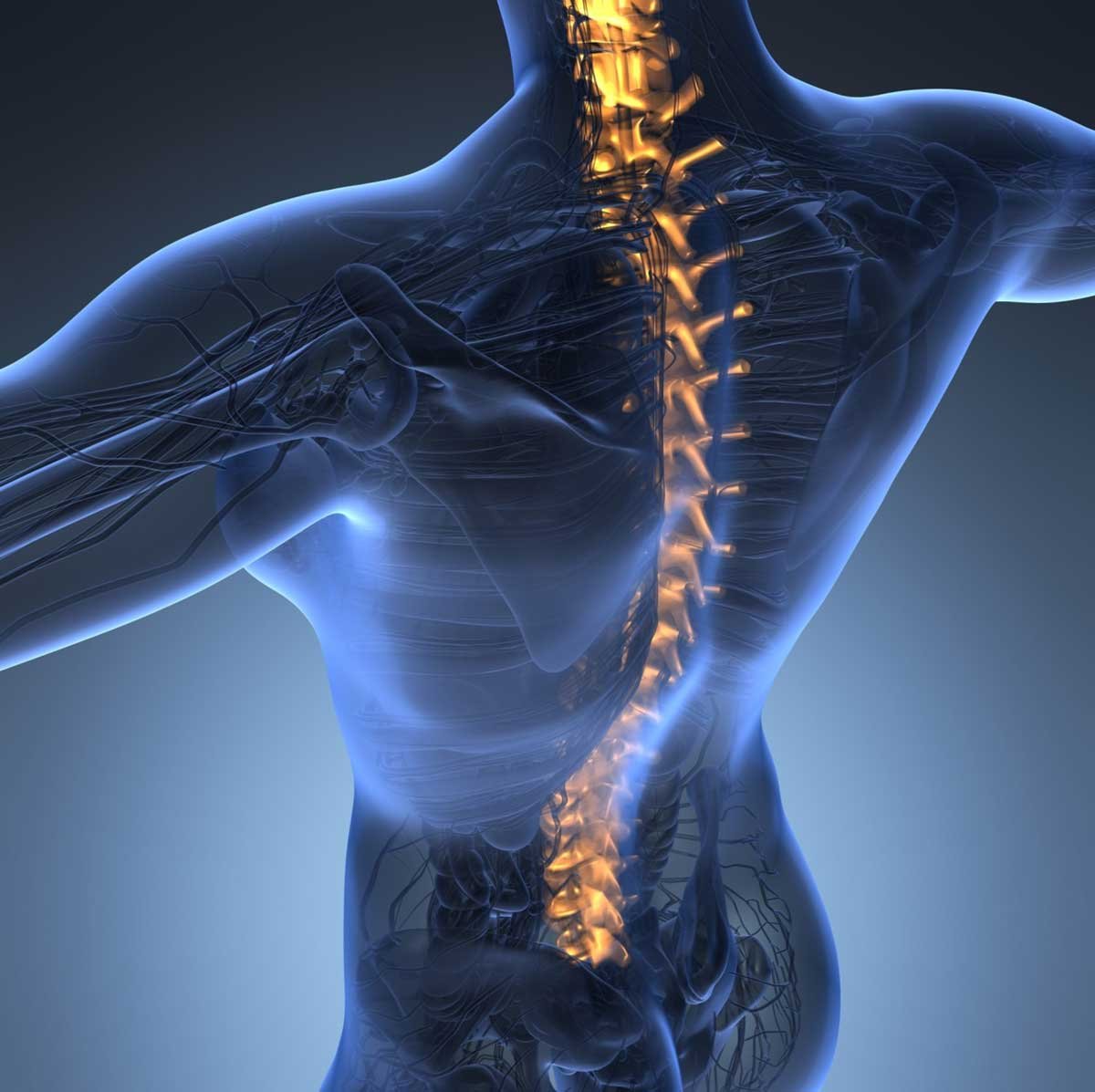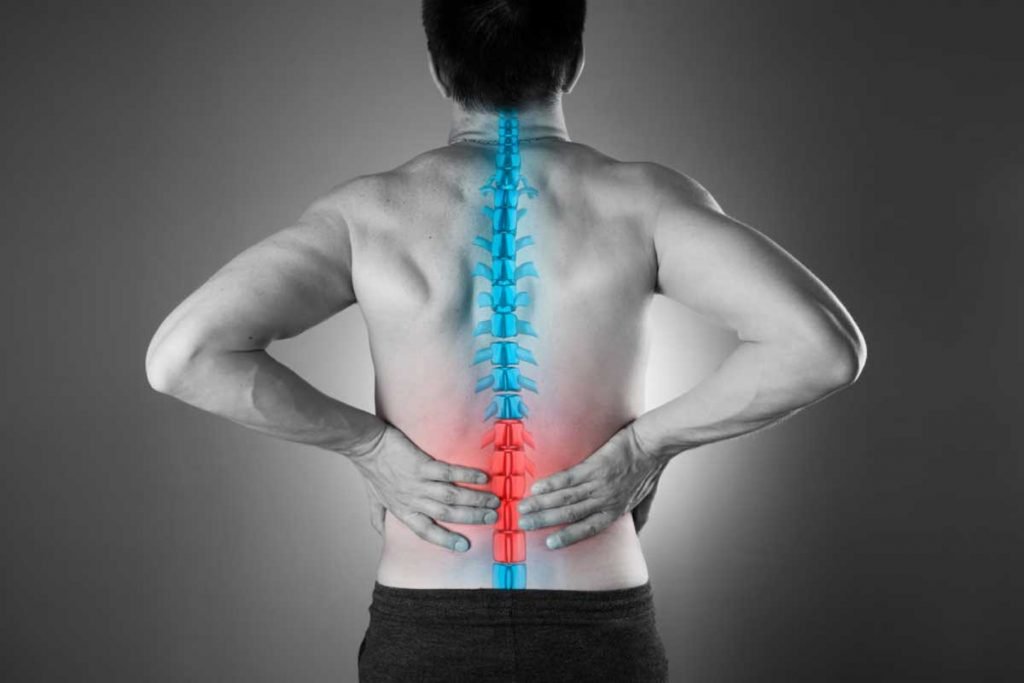Every year, an estimated 17,730 new cases of spinal cord injuries (SCIs) occur in the United States alone. Since 2015, close to 40% of all SCIs have resulted from motor vehicle accidents. That makes road collisions the most common cause of spinal cord injury.
What’s more, many SCIs from car crashes don’t display symptoms right away. This can then result in the patient foregoing a medical check-up. Worse, the lack of symptoms may lead to unintentional aggravation of injuries.
For those reasons, it’s vital to learn more about the most common types of SCIs and what to expect if you sustain them. This way, you can better understand why it’s best to see a doctor right after you get into a crash.
This guide covers the most frequently reported car crash spine injuries, so be sure to read on.
Table of Contents
Whiplash Injuries
Every year, at least one million people, or 0.3% of the US population, experience whiplash injuries. Motor vehicle accidents once again take the top spot as the most common cause of such trauma.
A whiplash injury is an injury affecting the neck or cervical region of the spinal cord. It occurs when the neck snaps forward and back in a rapid motion, such as what happens when you lash a whip. This sudden, quick movement can cause trauma to the neck tissues, nerves, or bones.

Neck pain, instability, and reduced range of motion are common whiplash symptoms. Dizziness, fatigue, and headaches that often start at the base of the skull can also occur. The shoulder, upper back, and arms may also feel tender, painful, tingling, or numb.
In many patients, those symptoms occur within hours or a few days from the time of injury. However, some people may not notice them until weeks after the crash. What’s more, many patients don’t completely recover even after one to five years or so.
For that reason, it’s of utmost importance to see a doctor as soon as you can after a road accident. This way, your physician can come up with a proper diagnosis of your injuries. You may also have to undergo x-rays to confirm the presence of bone injuries.
Calling a personal injury law firm to help with the legal side of your accident can be a smart move, too. This is especially important if someone else caused the crash. A lawyer can help prove their fault and ensure you get fair compensation.
Chest Injuries
Chest injuries are injuries to the spine’s thoracic region. In the US, they account for approximately 35% of trauma-related deaths each year. A staggering 80% of these injuries result from motor vehicle collisions.
A chest injury can occur in a vehicle crash when a person slams forward, taking a severe blow to the chest. This is especially common among drivers without seatbelts. In any case, the force can be extreme enough to crack or fracture one or more of the bones in the chest.
A broken or cracked rib bone can lead to sharp, severe pain affecting the chest. The pain may also feel worse when you breathe, cough, or lie on your stomach. In more severe cases, breathing difficulties can occur due to an injured lung or even heart.
Please see a doctor as soon as you experience these symptoms after a car accident. This way, the medical expert can check not only rib fractures but organ injuries, too.
Disc Herniation
The spinal column has 23 intervertebral discs (IVD) found between the vertebrae. It serves as a cushion, protecting the spine and nerves from shock. The discs have a tough, rigid exterior, while the inside consists of a jelly-like substance.
In a car crash, the spinal vertebrae can press against each other, depressing the discs. The IVDs can then become so squished their exterior walls can rupture or herniate. This can then result in the soft center of the discs leaking through the crack.
Disc herniation can cause pain as the leaking substance can affect the nearby nerves. In this case, the disc’s jelly-like center can place pressure on the nearby nerves and nerve roots.
Herniated or ruptured discs can also lead to weakened muscles and numb or tingling legs and arms. This spine injury can also cause pain that extends to the shoulders, lower back, arms, or even the legs.
Like whiplash injuries, ruptured discs don’t always exhibit symptoms right away. As such, it’s best to see a doctor who can confirm if you have a disc herniation.
Fortunately, physical therapy is an effective spine injury rehabilitation method for herniated discs. It’s quite rare for patients to need surgery.
Vertebral Fractures
Vertebral fractures are breaks or cracks that affect any of the 33 bones in the spinal column. In mild cases, the spinal cord injury recovery may occur with minimal intervention. However, many other cases are severe and, if untreated, can lead to paralysis.
Burst fractures are a perfect example of paralyzing, even deadly vertebral fractures. These occur when a vertebra breaks in many places and the bone fragments damage the spine itself. The broken-off bones can also lodge themselves into organs, causing further injuries.
Chance fractures, also known as seatbelt fractures, are common in high-impact collisions, too. They occur when the spine flexes and extends with so much force while the belted lower back stays in place. Such incidents can injure the bone, discs, and ligaments of the spinal column.
Most vertebral fractures cause moderate to severe pain that worsens with movement. Tingling and numbness in the shoulders, arms, and legs may also occur. Some patients may also experience loss of bladder or bowel functions.
Such fractures are some of the worst spinal injuries, requiring a lot of time to heal and recover. For these reasons, they’re also common complaints in spinal cord injury lawsuits.
Either way, it’s imperative to seek professional care if you think you have a broken vertebra. In many cases, chiropractic care, medications, and physical therapy can help. However, severe fractures may need surgery, especially if symptoms worsen or don’t improve.
Don’t Delay Getting Help for Spinal Cord Injuries
Please always remember that some spinal cord injuries don’t exhibit signs right away. As such, it’s best to see a doctor ASAP, even if you don’t feel any symptoms immediately after a crash. Visiting a medical expert is the best way to confirm if you have severe SCIs.
If you don’t have severe injuries, great, but if you do, then you can at least start your recovery as soon as possible.
Interested in more health and safety guides like this? Check out our top trending news and blog posts for more informative resources then!
